Pinguicula x sethos - CarniP63
Pinguicula x sethos - CarniP63
Pinguicula ‘Sethos’ is a cultivated, carnivorous plant, commonly known as butterwort. This species produces oval shaped leaves containing many glands for trapping insects. With the right amount of light, the leaves could show a clear pink glow. This plant is grown in a nutrient poor, wet environment.
Currently not in stock

Receive an e-mail when new stock of this plant arrives.
Share this plant? Press on one of the following icons.
Pinguicula ‘Sethos’ is a carnivorous plant from the butterwort plant family (Lentibulariaceae). The plant produces a rosette of egg shaped to oval, purple-green leaves. The rosette is relatively large and could grow out to around 10 cm in diameter. The upper side of the leaves is covered with many glands producing a sticky substance where insects could be caught with. The insects are digested on top of the leaves, the nutrients available are used by the plant. With enough light, it is possible for the leaves to turn a brighter pink. Once per year, mostly in spring, one to several flower stalks are produced carrying a single very bright purple, spurred flower. Flowers are somewhat similar to the flower of a violet. Propagation is done by repotting the smaller rosettes forming near the base of the mature plant, or seeds.
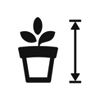
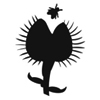
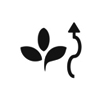
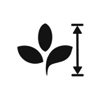
For optimal growth of Pinguicula ‘Sethos’, provide temperatures between 15 and 25 degrees Celsius in summer. Most commonly in this season it produces carnivorous leaves, and it is actively growing. Provide a lot of moisture, and a humidity of at least 70 %. In winter this plant could handle colder temperatures. Ensure optimal ventilation at all times. This species is mostly grown in bright rooms indoors, cool greenhouses or specialized terraria. Pinguicula ‘Sethos’ grows best with bright indirect light. Direct sunlight could scorch the leaves. Pot this plant in mineral rich soil that is able to maintain moisture. Make sure that this soil contains very little nutrients. Fertilizer is rarely applied; it is possible to ‘feed’ the leaves with small insects occasionally.




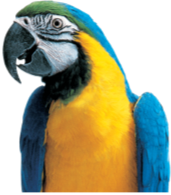
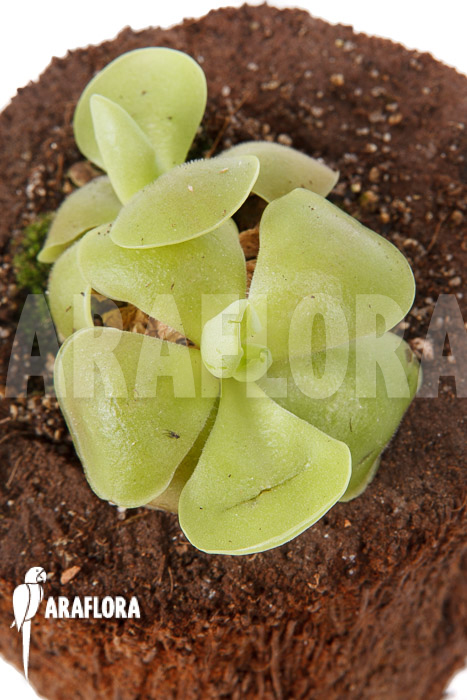

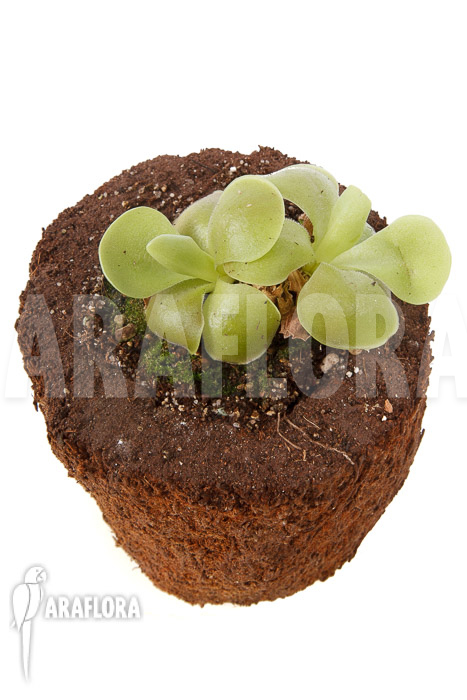
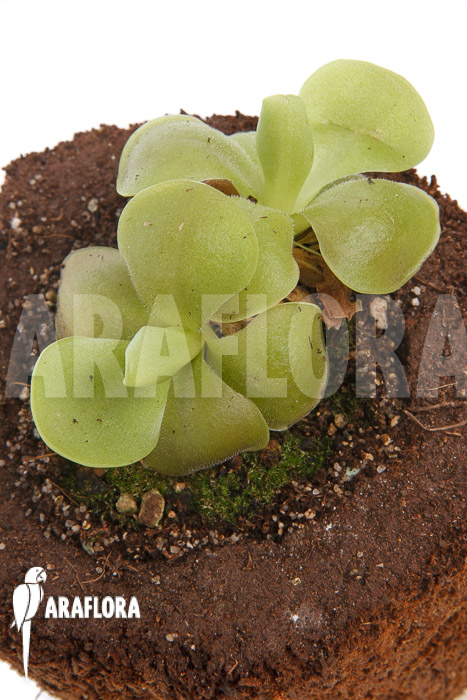
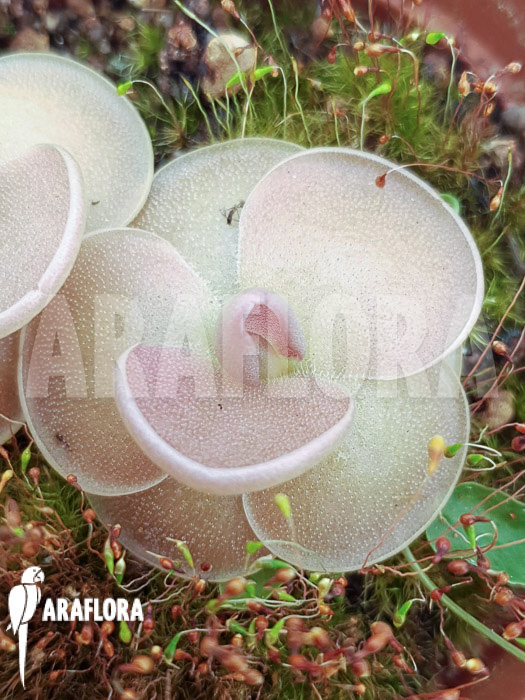
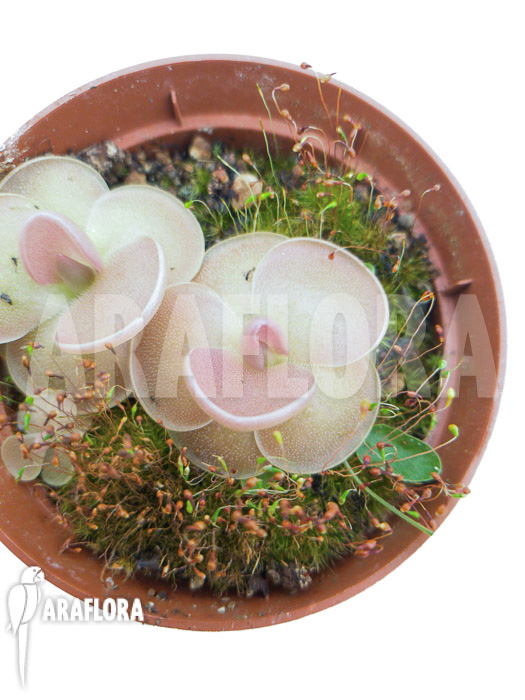
 3 cm
3 cm
 4 cm
4 cm












